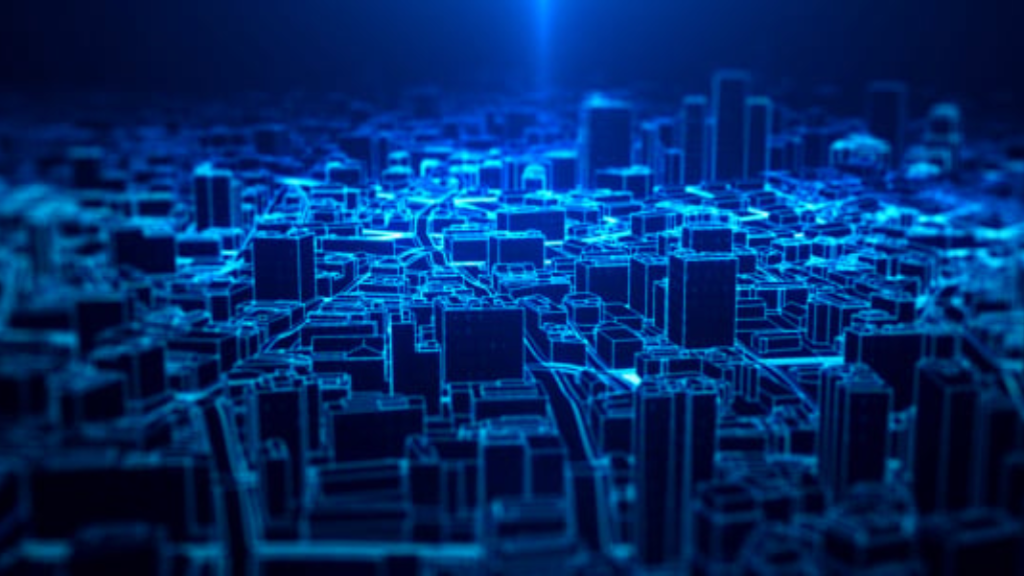A profound metamorphosis is being undergone by the cities of the 21st century, a shift that is as significant as the advent of the automobile or the elevator a century ago. What is being called the “Digital City” is being given rise to by this transformation, which is a new urban form where physical infrastructure is seamlessly integrated with digital technology to create dynamic, interconnected systems.
At its core, a simple collection of gadgets and apps is not what the digital city is. A fundamental change in how urban spaces function is being undergone. Traditional infrastructures, like streetlights and traffic signals, are being modernized with a network of sensors, telecommunications, and computational power. A constant stream of data is being generated by this convergence of the physical and digital worlds, which can be analyzed to optimize everything from traffic flow and energy consumption to public safety. The potential for improved governance, more efficient services, and entirely new urban experiences is immense.
The Perils of the “Smart City”
However, this rapid digitization is not without its challenges. A primary concern is the “silent privatization” of public spaces. Proprietary digital platforms are being purchased by many cities from private corporations. These “black boxes” often come with licensing agreements that create dependencies and give companies ownership of the valuable data generated on public property. Critical questions are being raised by this about who controls the informational value of our public spaces and whether these systems are truly serving the public interest.
Another issue is the legacy of a single-purpose design mentality. For decades, infrastructure has been built by cities with a single function in mind. While a smart streetlight that saves energy is a worthwhile improvement, the true value of digital infrastructure lies in its ability to be multi-functional. A single piece of hardware could potentially collect data on air quality, offer public Wi-Fi, and assist in navigation. City planners are being urged to think beyond simple efficiency and embrace a more imaginative, interconnected approach.
Machine Learning and Citizen Power
A key driver of this evolution is machine learning, a technology that can analyze vast datasets to uncover patterns and create new applications. The accuracy of these models is directly tied to the quality of the data on which they are trained, a factor that underscores the importance of collecting fair and unbiased data. Concerns about algorithmic bias, for example, facial recognition systems that perform poorly on certain demographics, are a serious ethical consideration that must be addressed.
Crucially, the future of the digital city should not be left to corporations and governments alone. The need for social participation is emphasized in the report. This means that an environment where citizens and local businesses can contribute to the development of new solutions must be created. By adopting open technology standards, providing public access to data, and fostering educational programs, cities can empower their residents to innovate and create solutions that are tailored to their unique local needs.
A New Chapter in Urban History
The vision of the digital city is rooted in a long history of thinkers, from Plato to Buckminster Fuller, who have imagined the ideal urban environment. Today, as over half the world’s population lives in cities, the need for a unified, interdisciplinary approach to urban development is more urgent than ever. The challenges of climate change, social inequality, and aging infrastructure require us to rethink how our cities are built and managed. The ultimate success of the digital city will depend not just on technological innovation but on a blend of thoughtful institutional reform, social imagination, and the active participation of its citizens.

